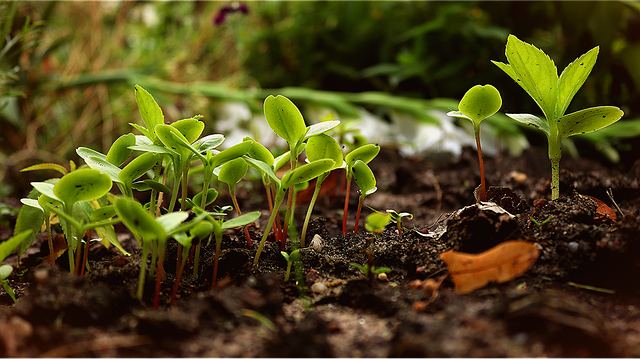There is a lot of discussions in media and community settings about the need for permaculture growing. As I listen to some of the comments, it really strikes me that a lot of the true values of homesteading is living closer to the earth in a more sustainable way. So, in my way of looking at it, many true homesteaders and homestead farmers are already growing with a permaculture mindset and techniques.
With that, I’d like to share some general thoughts on Homesteaders Growing a Permaculture Garden.
While we may not be able to make large changes, a whole lot of little changes can add up to a revolution. A small way to make a big change is to grow a garden using permaculture techniques.
What makes a garden a small permaculture?
You can learn about garden preparation tools and techniques, how to plant and tend to a garden that is raised sustainably. It takes far less time to garden in this way than you may think.
The idea behind permaculture gardening is to use only hand tools and minimal human labor. The only tools you’ll need are a shovel, rake and small trowel. The idea here is to not disturb the soil any more than necessary.
Tilling the soil will introduce too much oxygen, which acts to kill the soil organisms that live on and around plant roots. This allows for weeds, which are less “picky” about the soil in which they grow.
Plot preparation can be as simple as layering a mat of cardboard or thick layers of newsprint where you plan to plant. If the weeds are well established, cut them down before you layer the cardboard.
There’s no concern here about existing vegetation as the thick cardboard mulch will kill the weeds. So, we have eliminated dubious chemicals and poisons from your garden shed.
On top of this you will layer 6 to 12 inches of straw laid out in rows so you can walk between hills. Here the idea is to keep the rows no wider than you can comfortably reach from both sides. Notice we didn’t till, dig or poison the garden plot. It is so much simpler to use permaculture techniques in your garden.
To plant seeds, you can sprinkle them right on the soil’s surface in most cases. Then pull any mulch over this. The mulch acts to help the soil retain moisture so you don’t have to water as often. The mulch gradually breaks down and adds to the soil, as the seeds germinate and grow.
Planting starts like lettuce is easy as pulling back the straw, poking a hole in the cardboard, placing the little plant in and pushing back the straw. This works even in heavy soils. Allow the greenery of the plant starts to barely come above the mulch, even gently pulling off an older leaf to stimulate growth.
When it comes to weeding, it is a simple matter of snipping the emerging greenery and leaving it to add to the mulch. The idea is to not let the weeds go to the flowering stage where they would quickly go to seed.
At time of harvest, you take a head of lettuce, for example, and would just cut the head off and leave the roots. The lettuce will continue to produce some leaves till the first frost that you may continue to harvest and use.
Over winter the roots will die and add to the soil. When harvesting beans or tomatoes, you take the fruit; pull the greens and leave to break down with the mulch. No composting this way and no waste.
Learning permaculture is possibly one of the most responsible skills any homeowner and gardener could learn and as you can see it isn’t like learning rocket science. Take a strong back and a rake to the garden next spring.


